Reviewed by Julianne Ngirngir
The rumor mill is churning again, and this time it's about something we've all been quietly hoping for: Touch ID on our wrists. Fresh code discoveries hint that Apple's been quietly working on biometric authentication for the Apple Watch, along with a handful of other features that could transform how we interact with our wearables. Sound familiar? It should—Apple's been dancing around this idea for years, but now the pieces are falling into place at exactly the right moment.
What you need to know: Leaked code reveals potential Touch ID integration for future Apple Watch models, alongside enhanced health sensors and improved security features. The timing couldn't be better, especially as Samsung and other competitors double down on advanced biometric capabilities that are making Apple's current passcode-only approach look increasingly dated.
The fingerprint puzzle: why now makes perfect sense
Here's the thing: Touch ID isn't exactly new territory for Apple. The technology first debuted with the iPhone 5s back in 2013, eventually making its way to iPads and Macs. But wearables? That's been the missing piece of the puzzle—until now.
Recent patent filings show Apple's been seriously exploring under-display optical fingerprint sensors with advanced collimator technology. The system uses a "narrow field-of-view collimator and organic imager" to achieve one-to-one imaging between your finger surface and the sensor. What makes this breakthrough different is the precision—we're talking about separating weak reflections from angled illumination, creating clean fingerprint recognition even on the curved, compact surface of a watch display.
This technical leap directly addresses the payment adoption gap that's been holding back smartwatch commerce. Research shows that only 6% of users have made payments using smartwatches compared to 81% who've paid with smartphones, largely due to security concerns. Touch ID could bridge this trust gap, making wrist-based payments feel as secure as Face ID on your phone—and potentially unlocking the massive untapped market of users who want to pay but don't feel comfortable with current watch authentication methods.
Health gets a major upgrade (finally)
The leaked code doesn't stop at authentication. We're looking at a comprehensive health monitoring overhaul that positions Apple Watch as a legitimate medical device rather than just a fitness tracker. This isn't about adding individual sensors—it's about creating an integrated health monitoring system that could rival dedicated medical equipment.
Apple's been working on blood pressure monitoring using liquid-filled pressure sensors—a revolutionary approach that separates the pressure sensing system from the inflation system. This design uses the incompressible nature of liquid to achieve greater sensitivity than conventional air-filled chambers, while the dual-system approach reduces noise and increases accuracy. The implementation involves hydrostatic pressure changes measured at different wrist heights, enabling continuous passive monitoring without the bulky cuffs traditional medical devices require.
Meanwhile, the perspiration sensors represent another leap toward medical-grade monitoring. Apple's patents describe a system that calculates sweat rate and hydration levels using capacitive measurements to determine electrolyte concentration. This connects directly to the blood pressure monitoring—dehydration significantly impacts cardiovascular health, and by monitoring both metrics simultaneously, Apple Watch could provide early warnings about dangerous health conditions like heat stroke or hyponatremia before they become critical.
Together, these health advances signal Apple's strategy to compete for medical device classification—a move that could open healthcare reimbursement opportunities and position Apple Watch as preventative healthcare technology rather than consumer electronics.
Smart fitting and gesture magic
The code hints also point to something that could solve wearables' most fundamental usability challenge: getting the damn thing to sit right on your wrist. Apple's patents describe intelligent fit detection that automatically adjusts security settings based on how tightly the watch is worn, but the real innovation lies in the automatic adjustment capabilities.
The system can detect fit using proximity sensors, then trigger tensioning elements that respond to body heat and activity levels. This means your watch could automatically tighten during workouts for better sensor contact, then loosen during sleep for comfort—all without manual intervention. This adaptive fitting directly enhances the health sensors' accuracy while improving long-term wearability.
The gesture controls build on this foundation by reducing the need to physically interact with the watch. While current models offer Double Tap and the new Wrist Flick gesture on Series 9 and Ultra 2, leaked code suggests finger-twist controls for volume and brightness adjustments. This approach mirrors Huawei's recent patents but integrates with Apple's ecosystem in ways that could make one-handed operation genuinely practical rather than just impressive.
The connection between fit detection and gesture controls isn't coincidental—both features work together to create a more intuitive, hands-free experience that adapts to how you actually use your watch rather than forcing you to adapt to the technology.
Competition heating up (and Apple knows it)
Let's be honest: Apple isn't developing these features in a vacuum. Samsung's latest Galaxy Watch offers up to 60 hours of battery life and 3,000-nit displays that match the Ultra 2's brightness, but the real competitive pressure comes from Samsung's Advanced Glycation End Products monitoring—a biological aging indicator that Apple simply doesn't offer.
More significantly, Samsung's new BioActive Sensor represents a strategic shift toward preventative wellness features that position smartwatches as health management tools rather than fitness trackers. This directly challenges Apple's health monitoring leadership and explains why Apple's leaked features focus so heavily on medical-grade monitoring capabilities.
The market dynamics support this competitive urgency. Smartwatch revenue jumped from $12.67 billion in 2017 to $44.94 billion by 2023, with projections hitting $62.46 billion by 2028. More crucially, Germany's recent legislation allowing patients to transfer smartwatch health data directly into medical records creates a massive opportunity for devices that meet medical-grade standards—exactly what Apple's rumored features could enable.
This regulatory shift means the stakes extend beyond consumer preferences into healthcare reimbursement and medical professional adoption, markets that could dwarf traditional consumer sales if Apple can deliver medical-device-level accuracy and reliability.
When reality meets the rumor mill
Before you get too excited, let's pump the brakes a bit. While the leaked code points to impressive capabilities, Apple's been patenting wearable biometric tech for years without shipping it. More concerning, integrating these features without destroying battery life or affordability presents real technical challenges that patents don't address.
The current Apple Watch lineup—from the Series 10 starting at $399 to the Ultra 2 at $799—already pushes consumer price tolerance. Adding Touch ID, liquid-filled pressure sensors, and advanced perspiration monitoring could easily drive prices above $1,000, potentially limiting adoption to early adopters and healthcare professionals rather than mainstream consumers.
Battery life presents an even bigger constraint. The S10 chip in the Series 10 already handles Double Tap gesture recognition and faster charging, but continuous biometric processing, pressure monitoring, and fingerprint authentication could overwhelm current power management capabilities. The trade-offs between feature richness and all-day battery life may force Apple to choose between impressive demonstrations and practical daily use.
Technical implementation also faces real-world durability issues. Liquid-filled pressure sensors must maintain accuracy across temperature variations, physical impacts, and long-term wear. Under-display fingerprint sensors need to work reliably with varying finger moisture, minor cuts, and skin changes over time—challenges that laboratory testing might not fully reveal until mass deployment.
PRO TIP: If you're holding out for these features, keep an eye on watchOS 26 development and the rumored Apple Intelligence integration. Major hardware features often get software groundwork laid months in advance, and Apple's AI capabilities could be crucial for making complex biometric data actually useful rather than just overwhelming.
What this means for your wrist's future
The leaked code paints a picture of an Apple Watch that's finally ready to be more than just an iPhone accessory. Touch ID integration could make Apple Pay on your wrist feel as secure as Face ID on your phone, potentially unlocking the 75% of smartphone users who haven't made the jump to wrist-based payments. Advanced health monitoring could transform Apple Watch into legitimate medical equipment, opening healthcare reimbursement markets and professional adoption that could triple the addressable market.
Most significantly, intelligent fit detection could solve wearables' fundamental usability problem while gesture controls reduce our dependence on the iPhone for basic interactions. This combination suggests Apple's vision extends beyond incremental improvements toward making Apple Watch genuinely independent and medically useful.
If even half of these features make it into the rumored Series 11 and Ultra 3 models expected this fall, we're looking at the biggest Apple Watch upgrade since the original launch. The question isn't whether Apple can build these features—the patents prove the technical capability exists. The real question is whether they can deliver medical-grade accuracy, maintain reasonable pricing, and preserve all-day battery life simultaneously.
Either way, the code doesn't lie: Apple's cooking up something significant for our wrists, and the timing couldn't be better to challenge Samsung's health monitoring leadership while capturing the emerging medical device market.




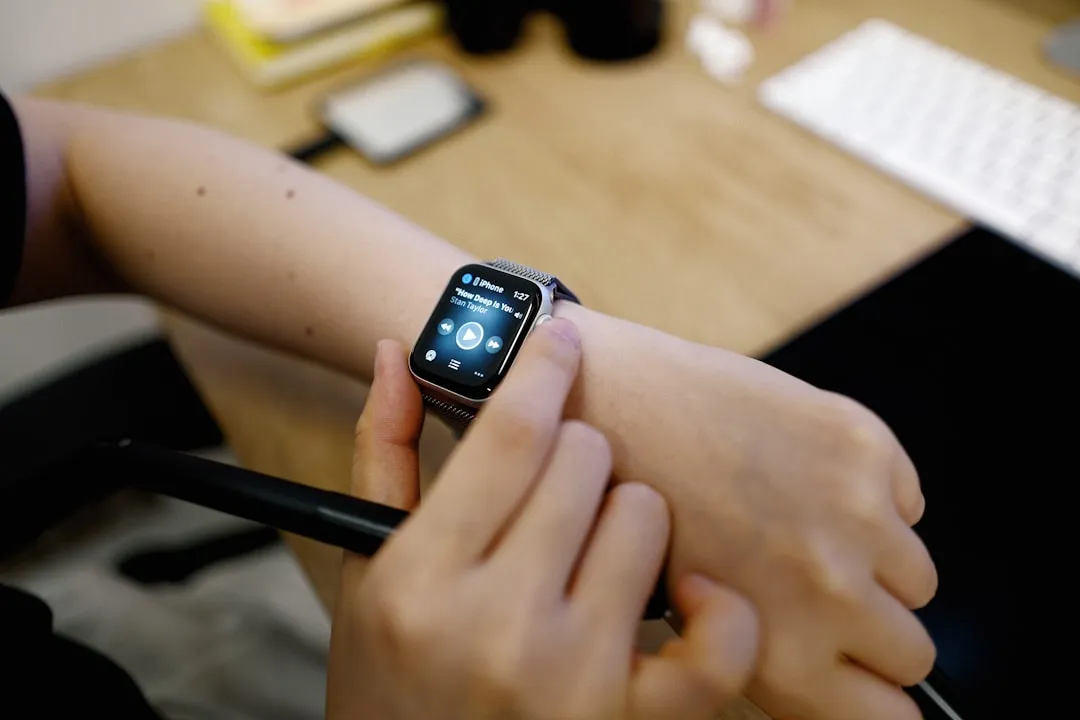
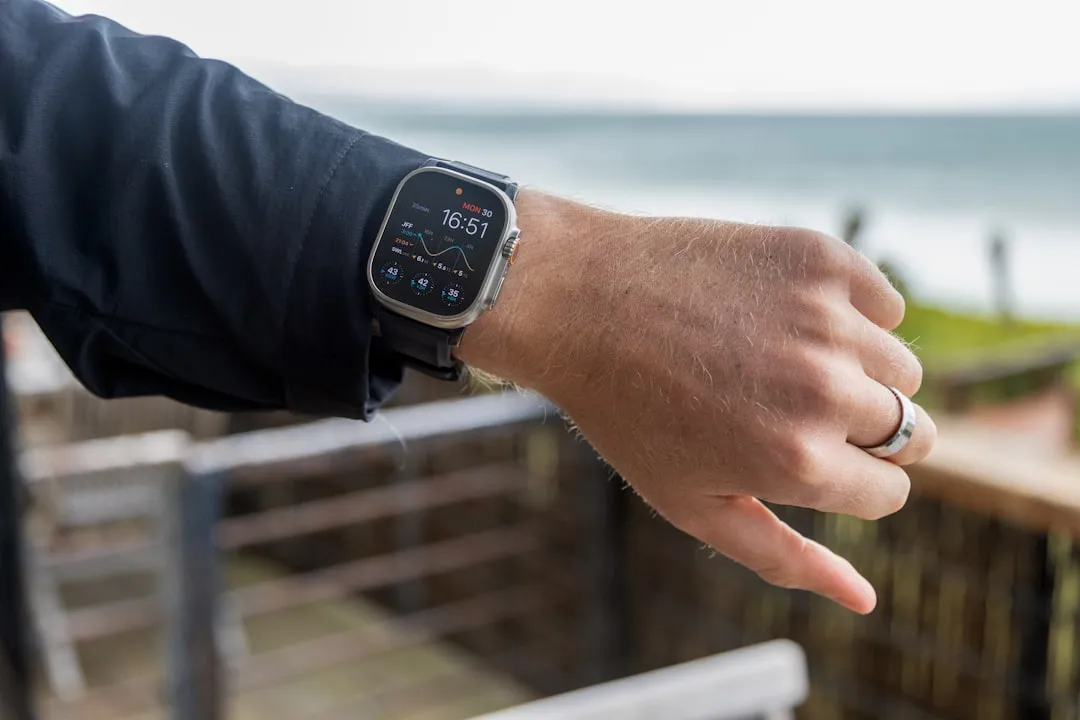
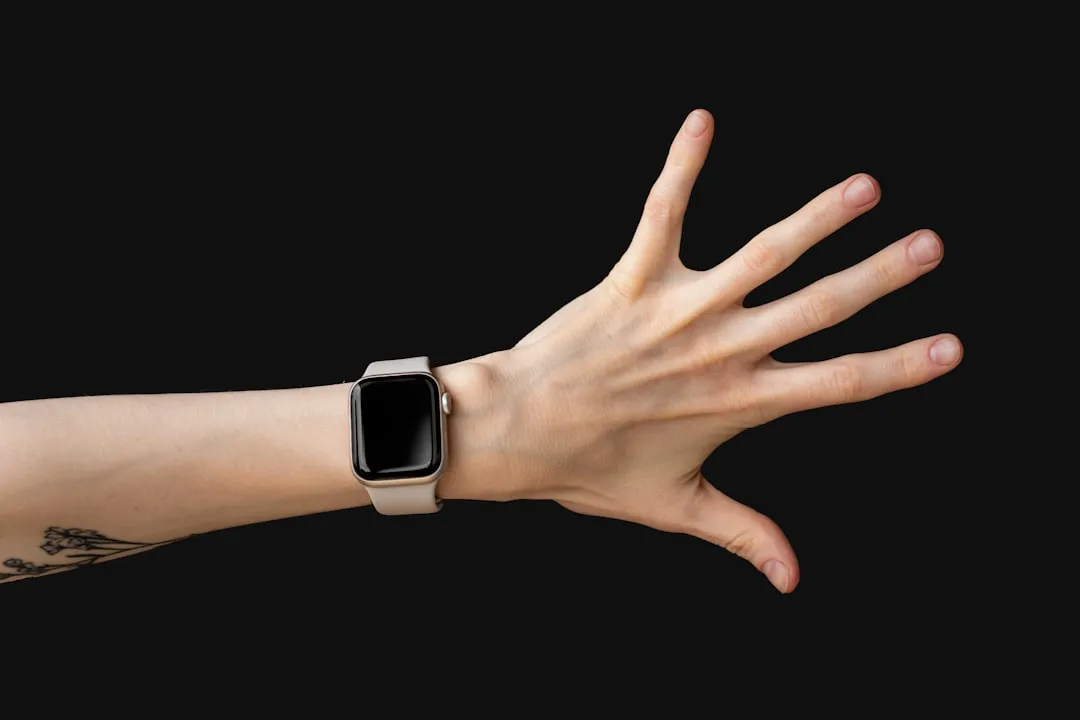

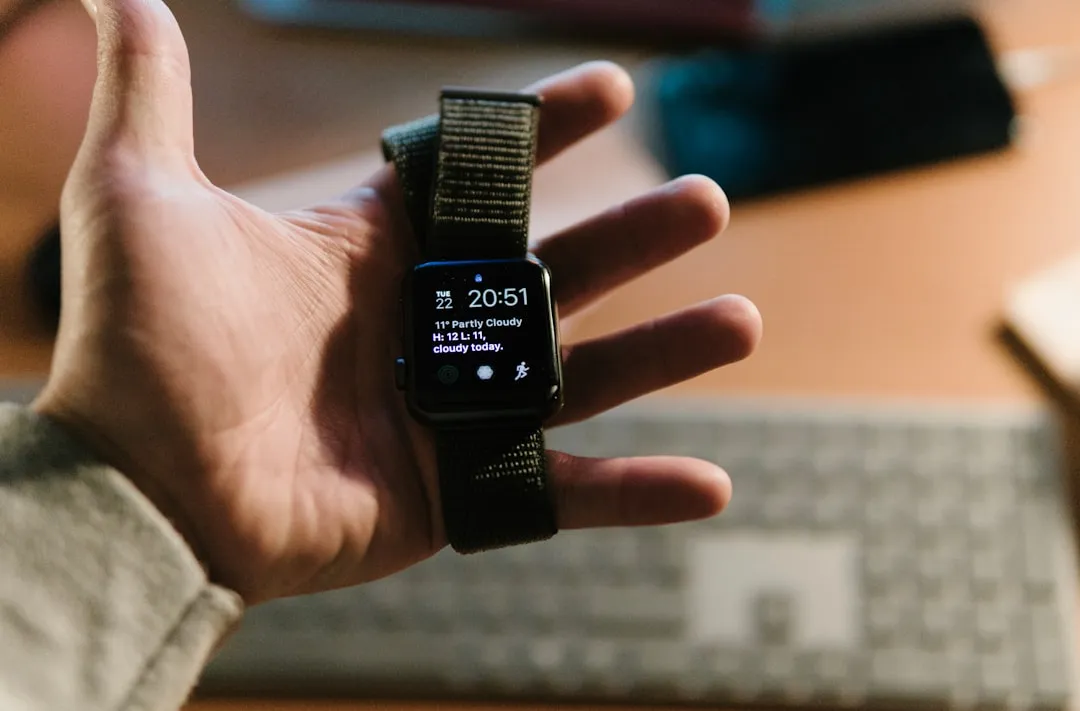
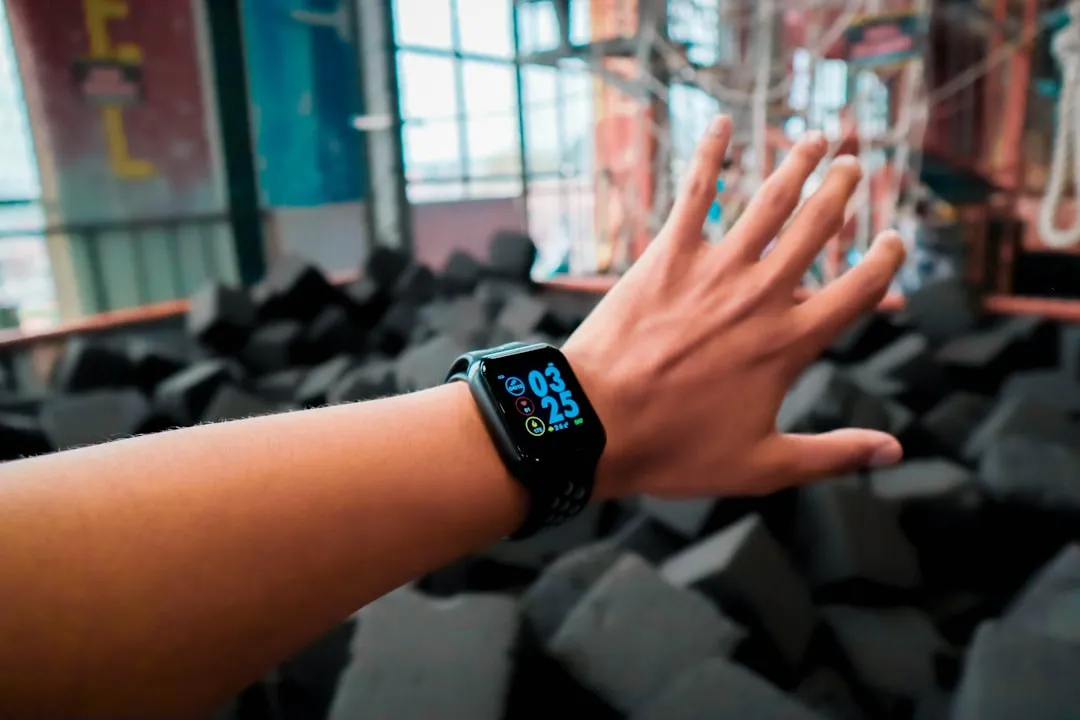
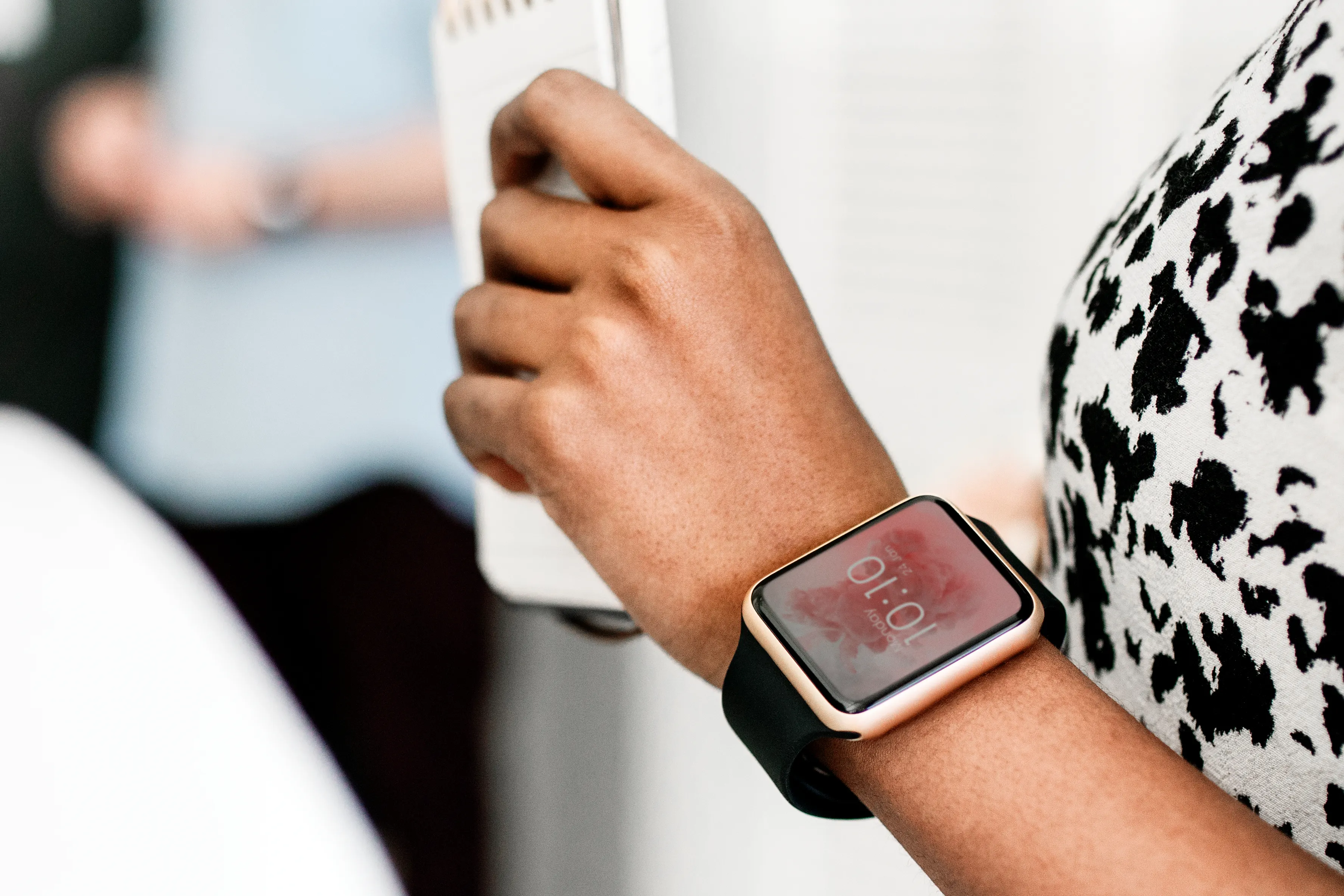
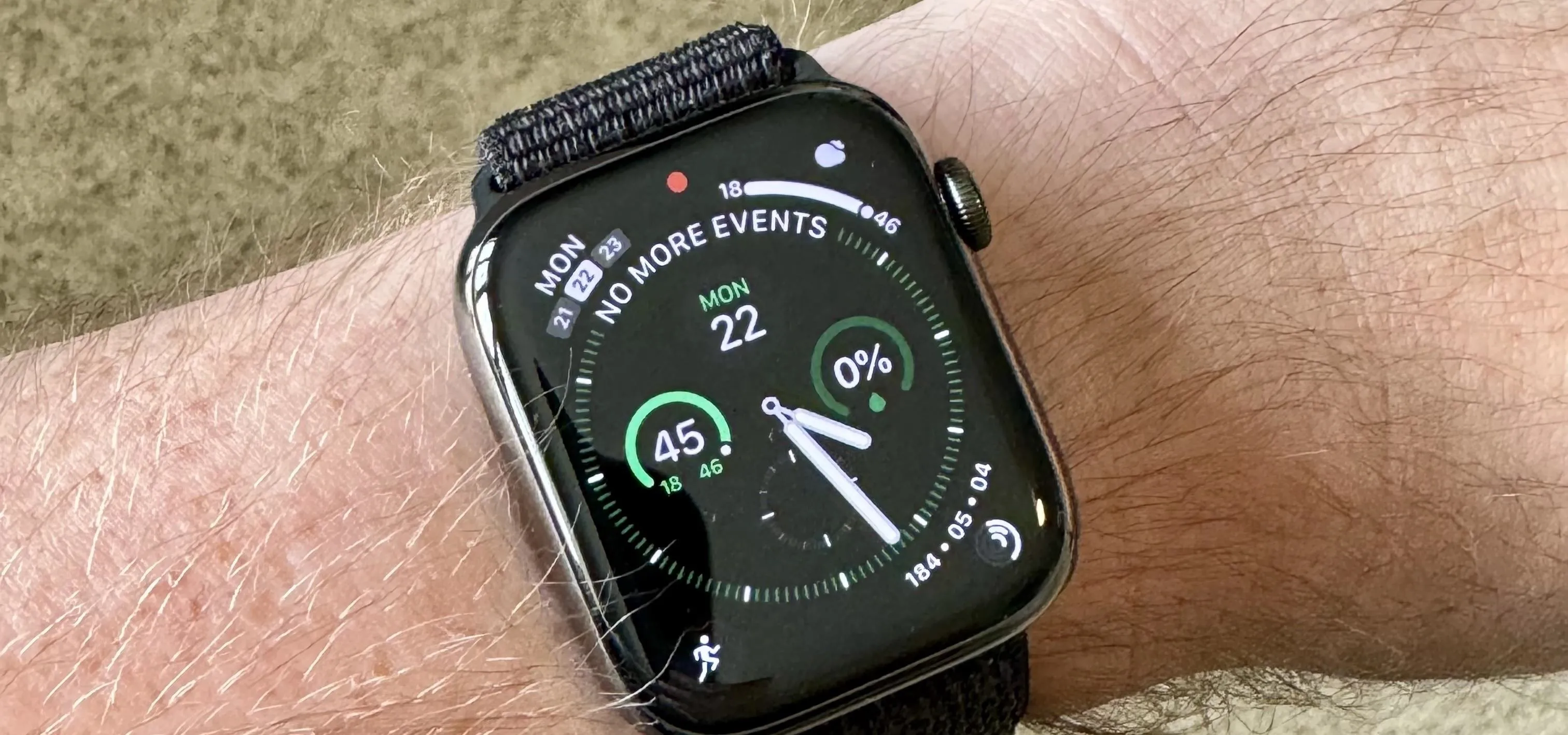
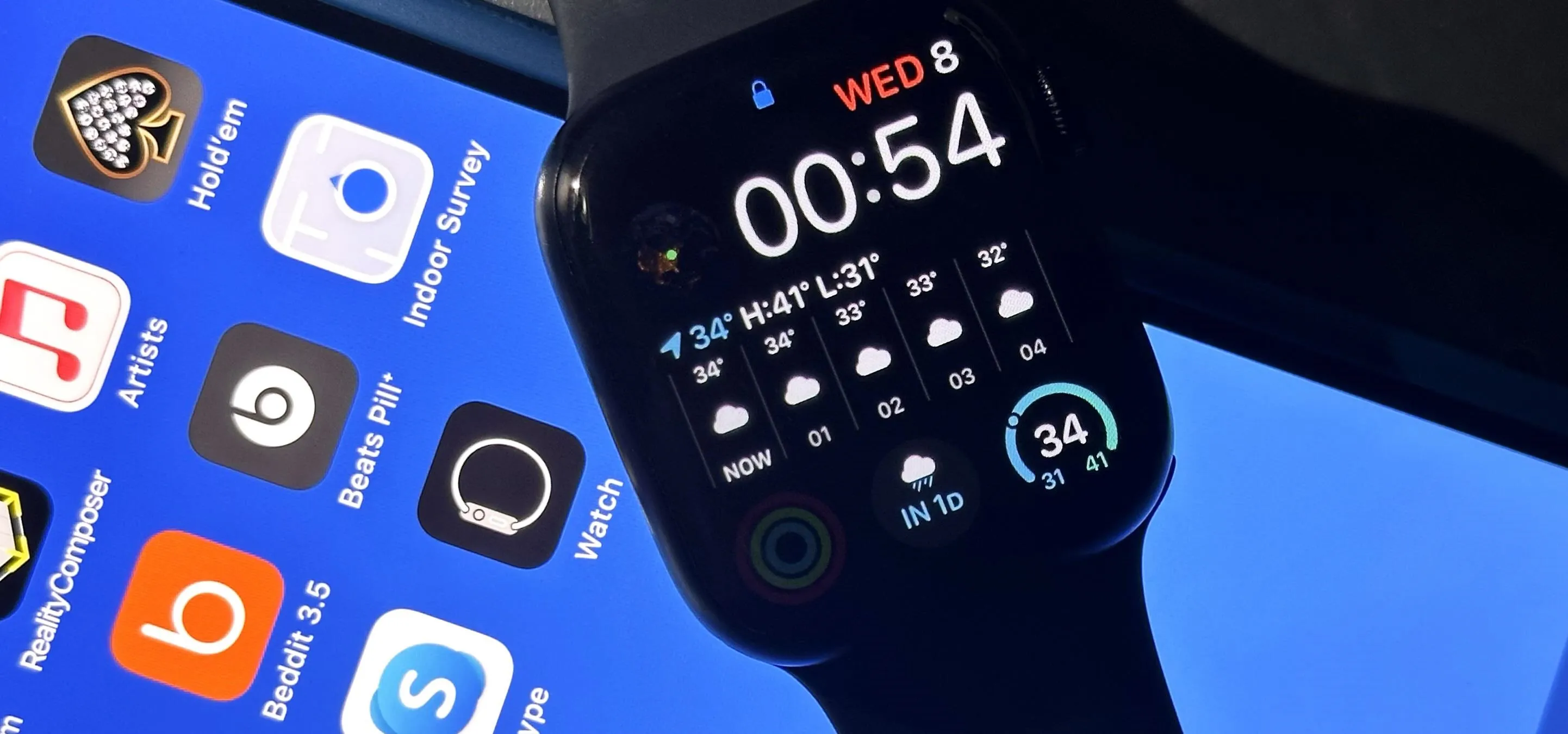
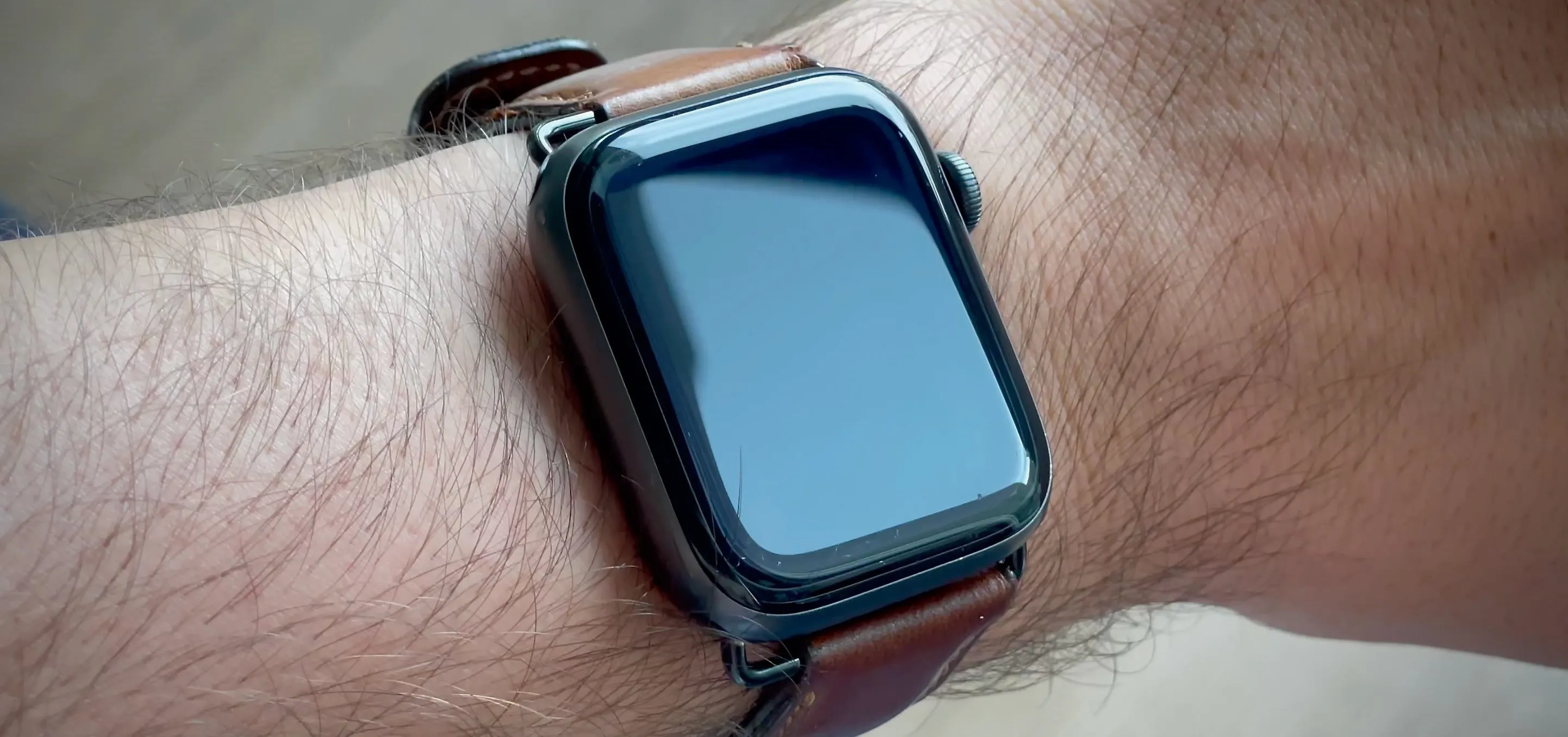

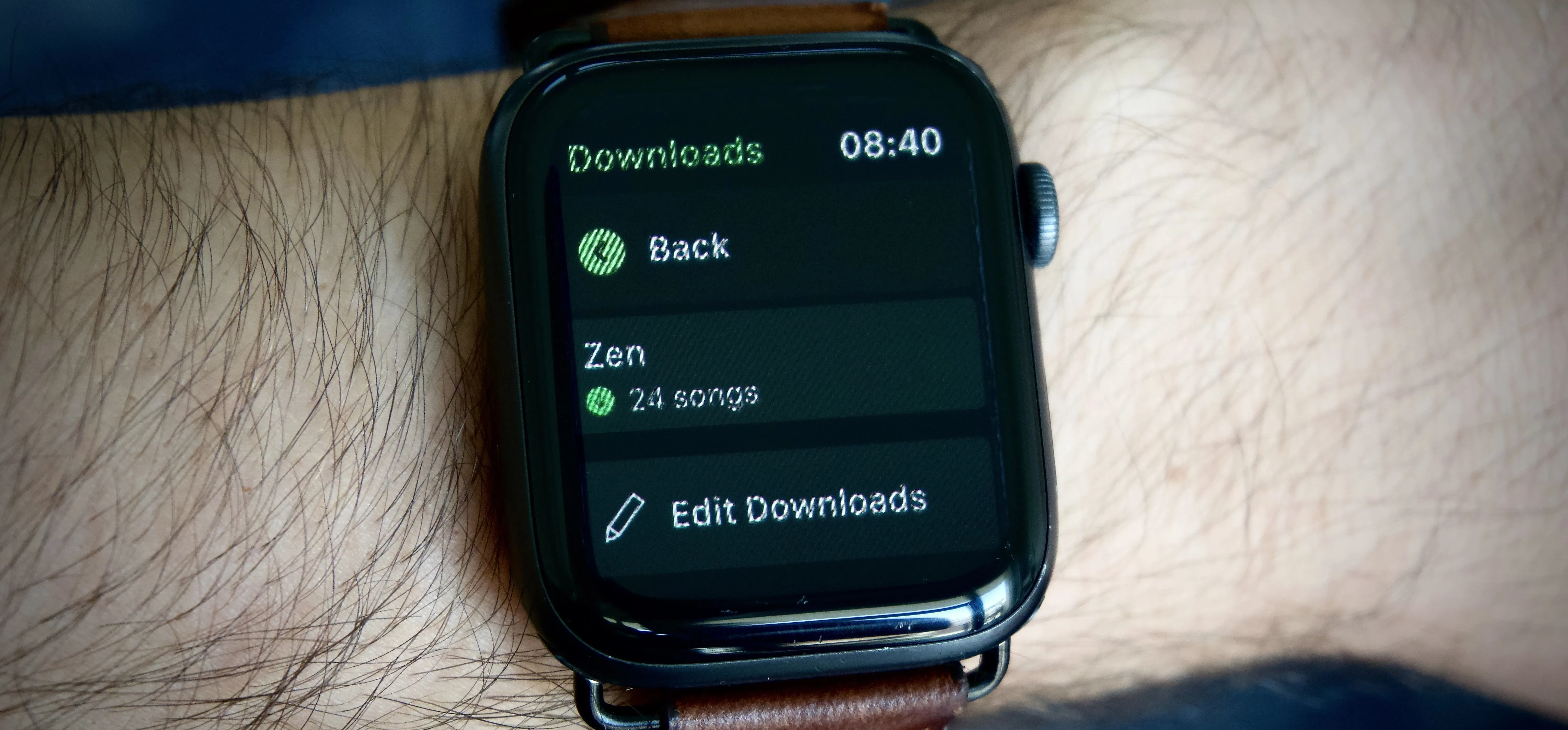
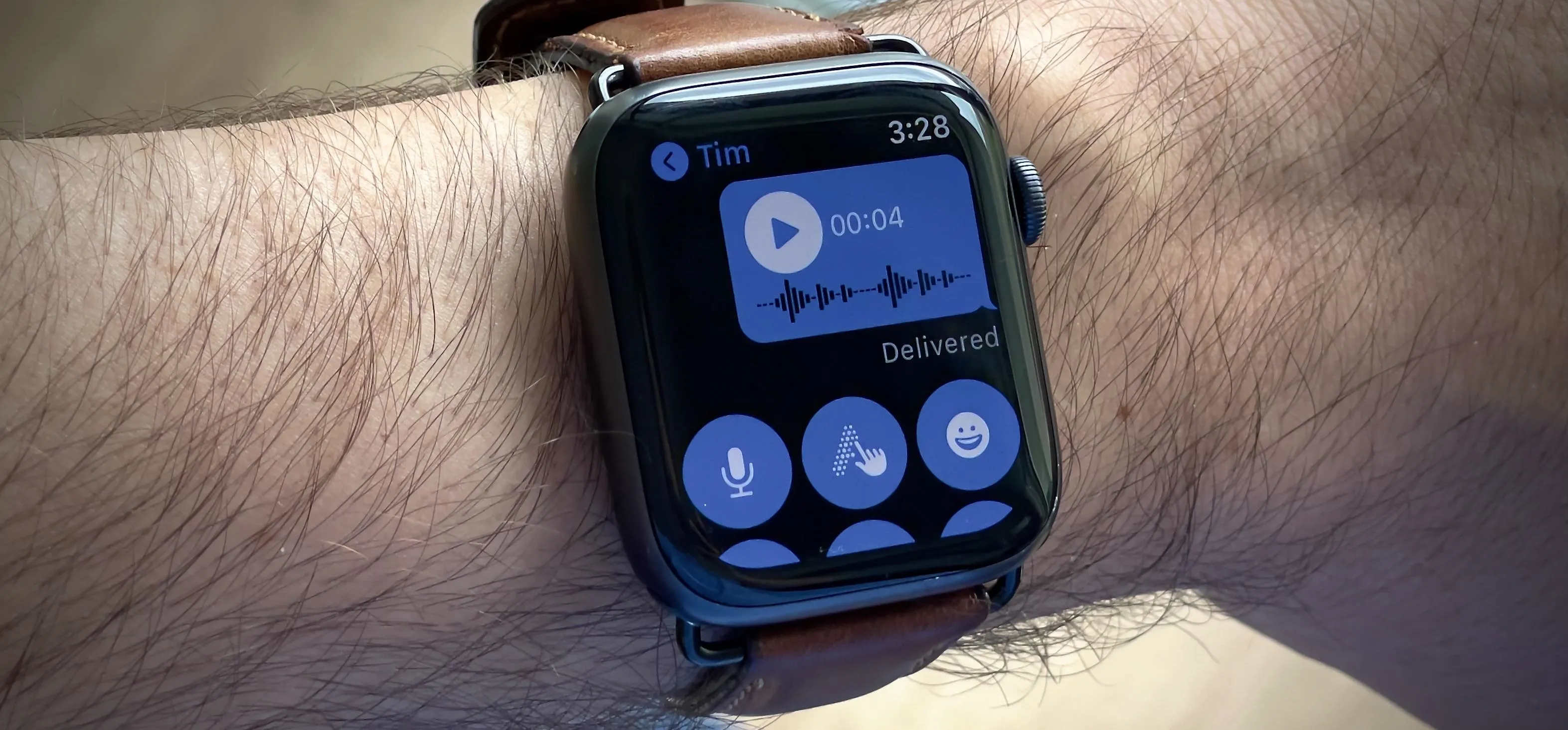
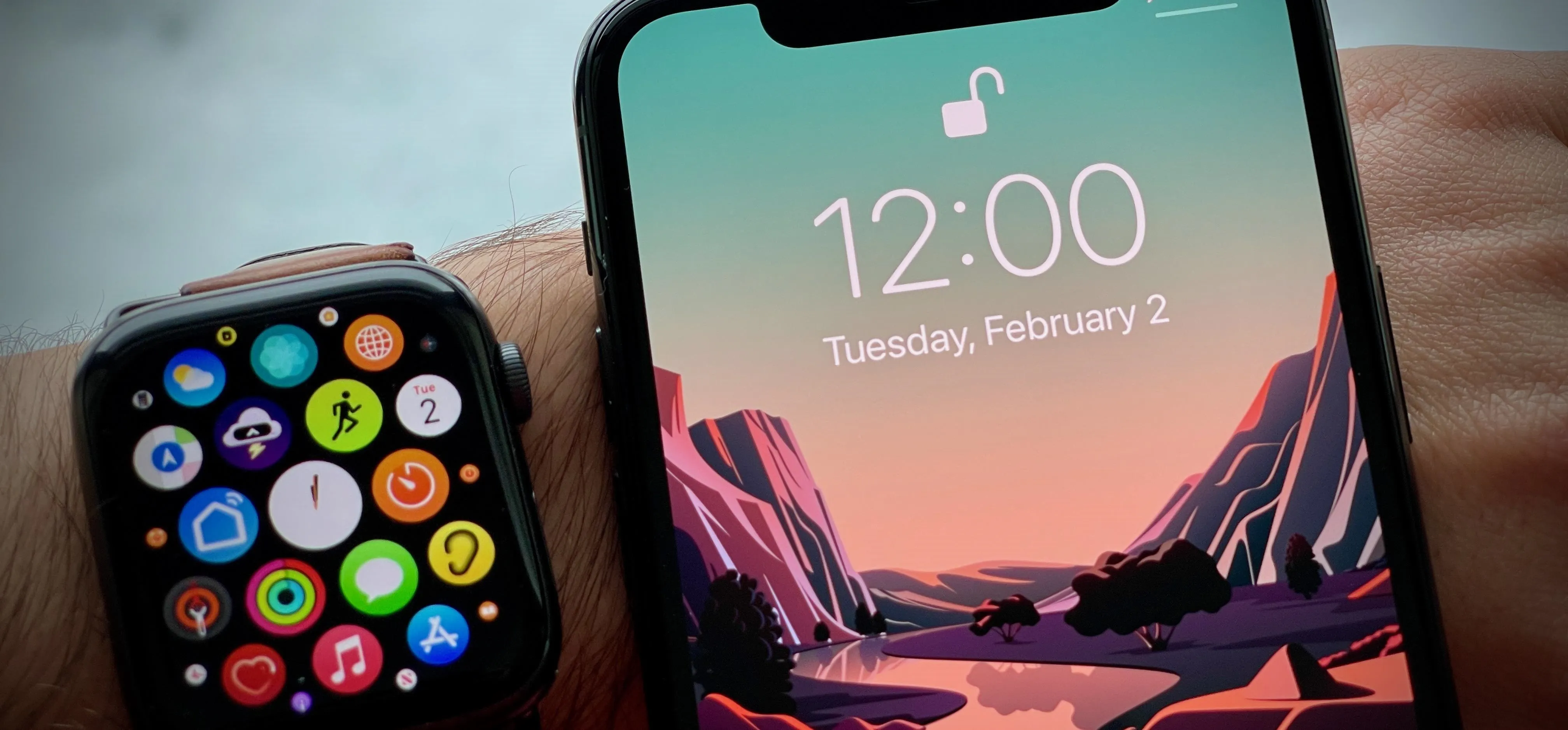
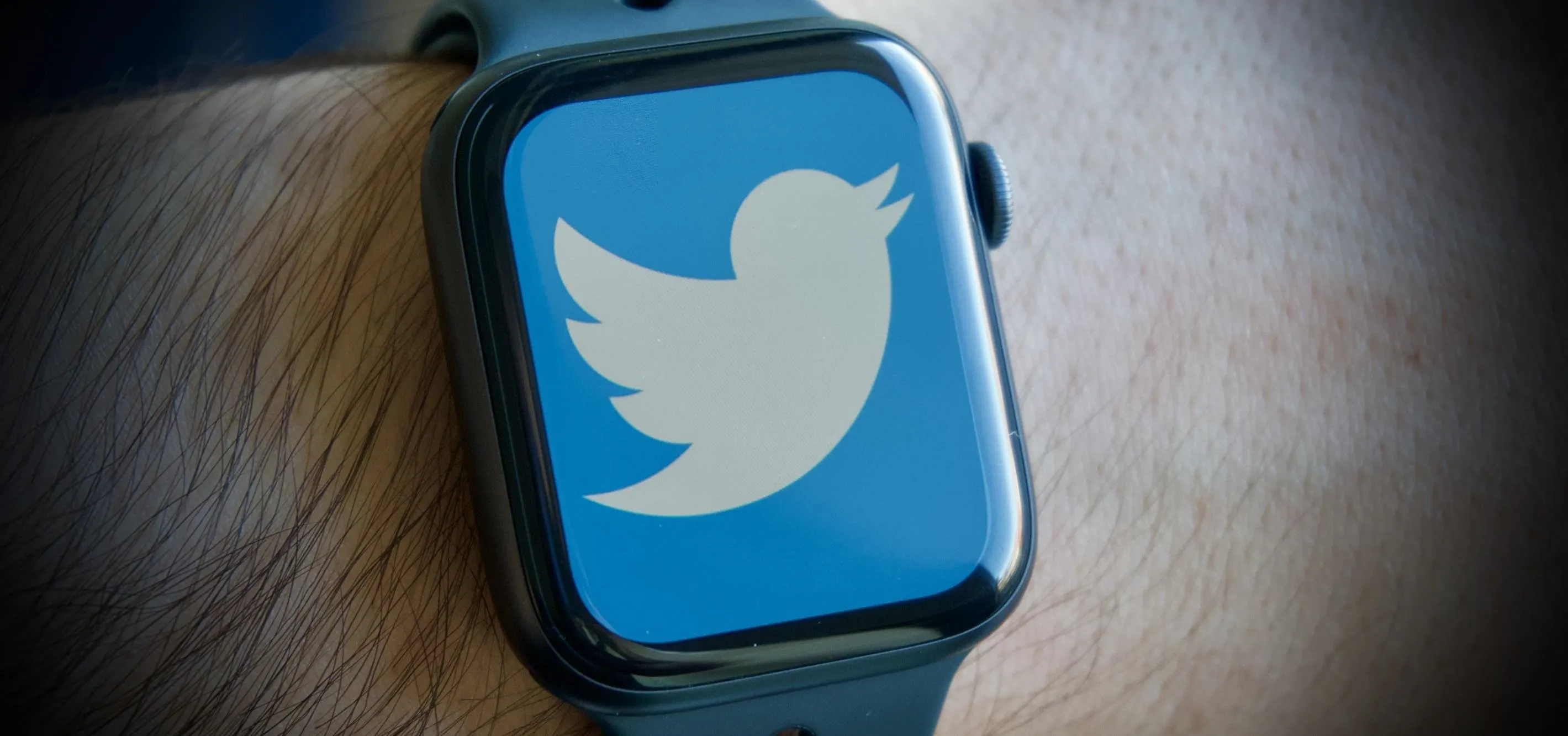
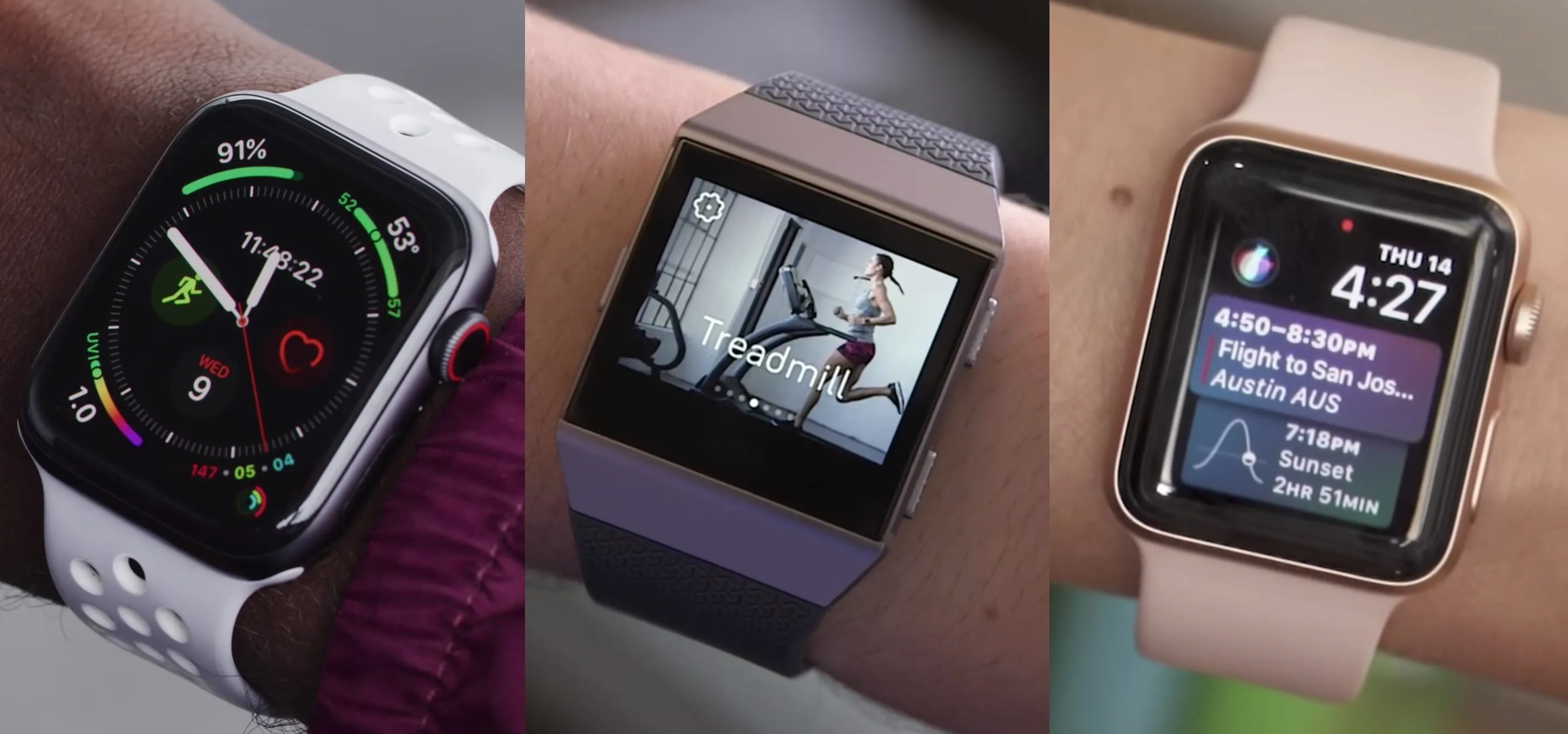
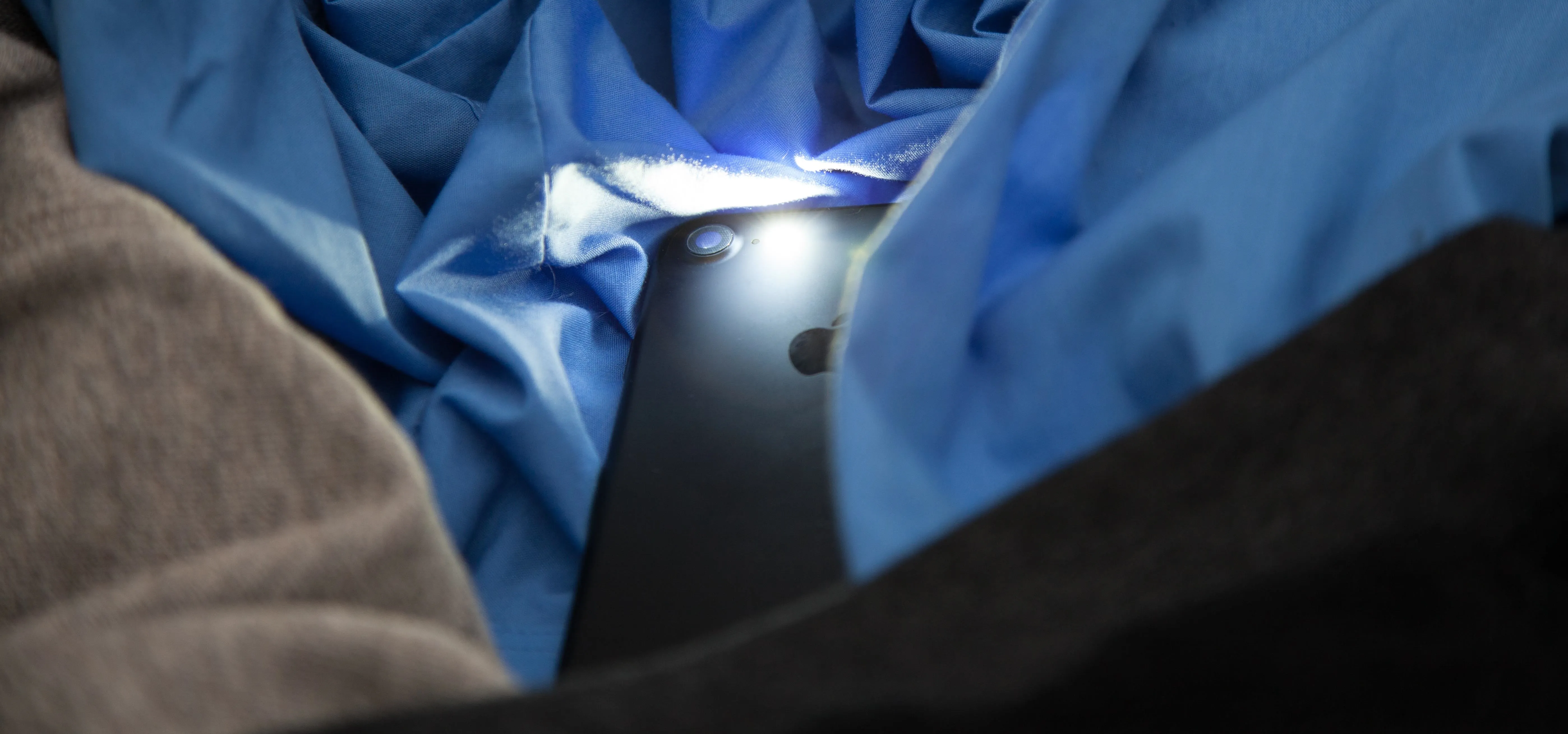
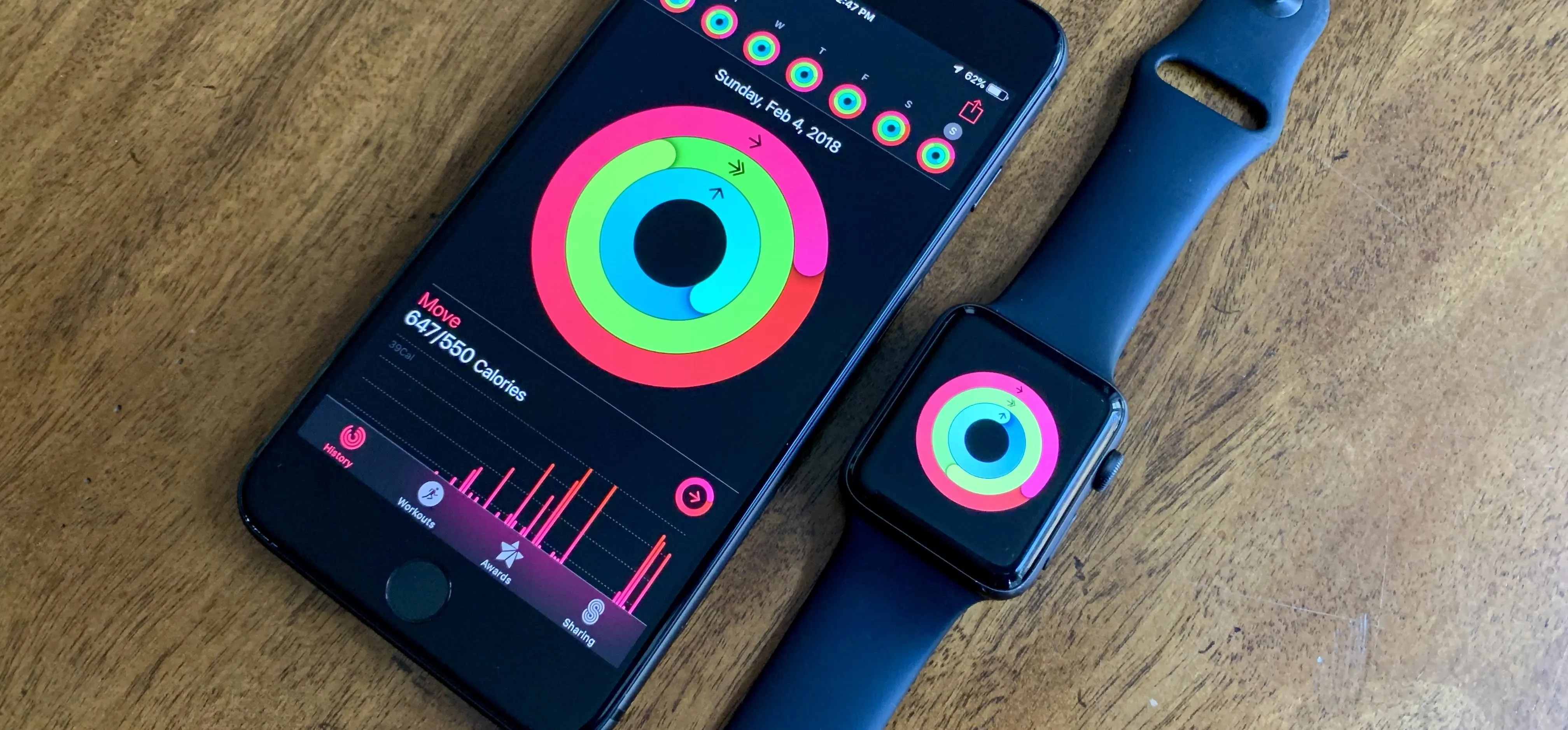
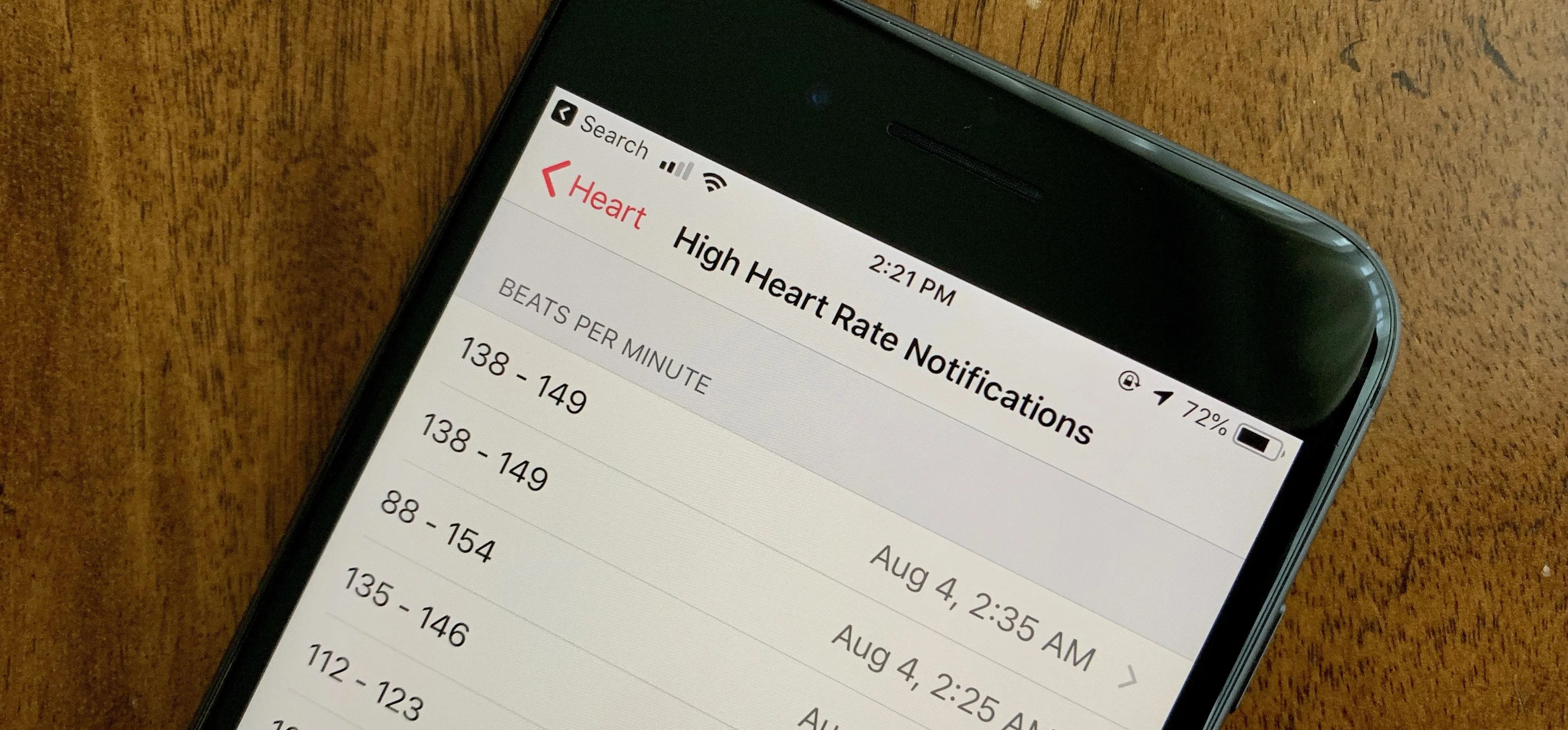
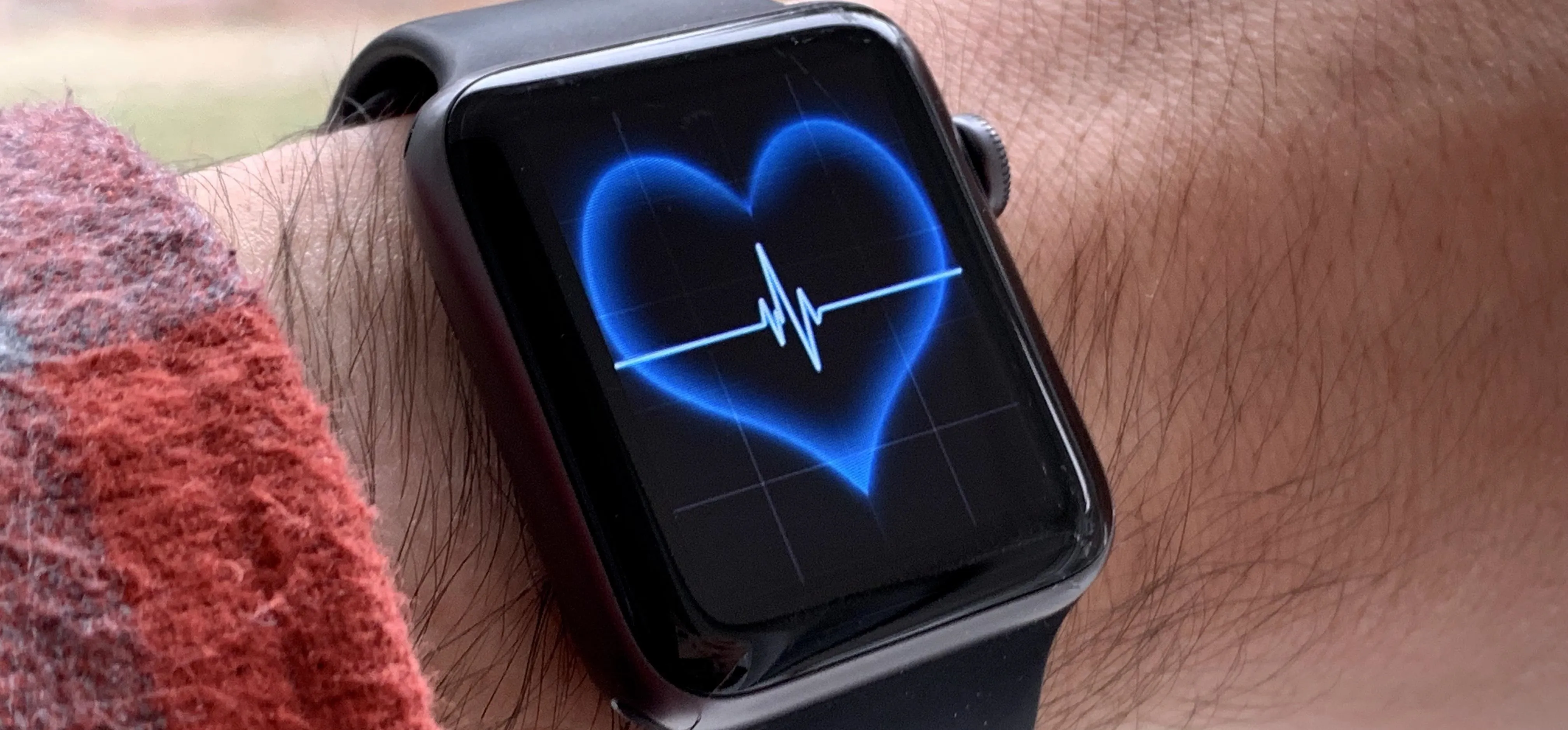
Comments
Be the first, drop a comment!